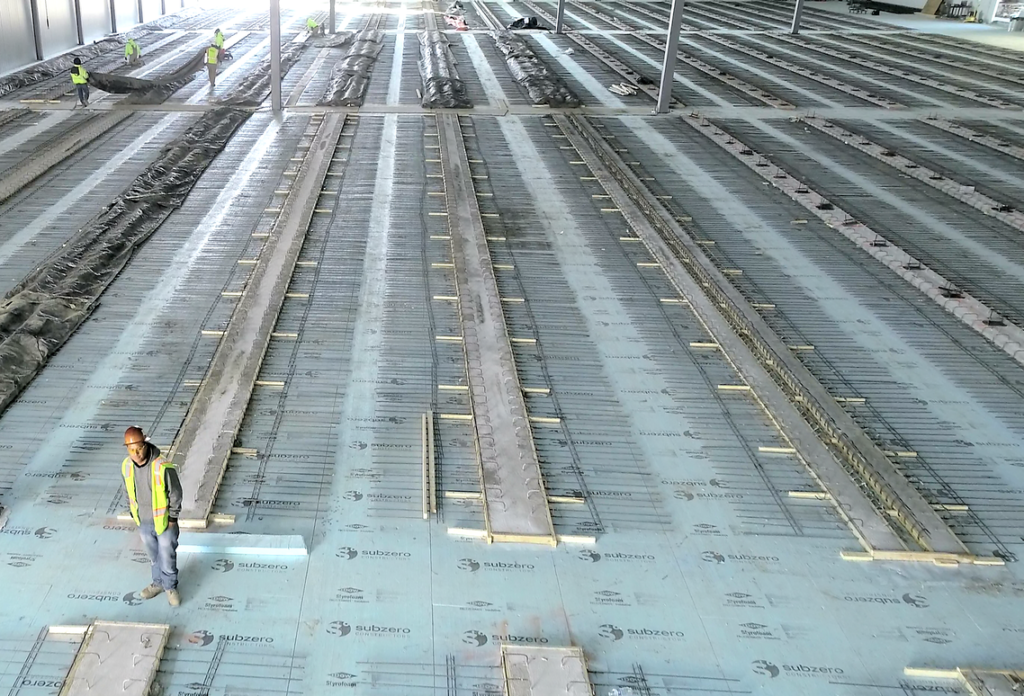
Existing, strong demand for cold storage space is expected to climb even higher as a result of the COVID-19 pandemic.
A CBRE report released in April estimates that growing online grocery sales will necessitate the development of 75 million to 100 million square feet of additional industrial freezer/cooler space over the next five years.
“The food industry is undergoing significant disruption from COVID-19 as U.S. consumers increasingly have groceries delivered directly to their homes,” the report states.
Adobe’s Digital Economy Index reported a 100 percent increase in online grocery sales over a two-week period in March. Meanwhile, 46 percent of respondents to a Brick Meets Click/Shopper Kit survey said they would continue to buy online after the pandemic subsides.
“Until recently, consumers were not ordering a lot of perishables online, but that will likely change in a post COVID-19 environment,” Matthew Walaszek, CBRE Associate Director of Industrial and Logistics Research, said in a release. “Now, we are seeing consumers trend toward buying foods online such as frozen meats and poultry. To meet this new demand, we will need more temperature-controlled space.”
Satisfying that need will require carefully planned effort.
“These buildings are more complicated than spec industrial space,” said Drew Enstice, Director of Business Development for ARCO Design/Build Industrial. “They are expensive to build and they are often specially designed to meet the needs of the end user. For example, you have different temperature requirements for ice cream versus produce versus chicken.”
Although cold storage needs continue to rise among third-party logistics (3PL) facilities, many direct-to-consumer companies are opting to build and operate their own cold storage facilities rather than contracting a 3PL, Enstice said.
While new cold storage centers are typically ground-up construction projects, assorted clients are now investigating “box in a box” developments – specifically, converting an existing industrial space into a cold storage facility.
“It’s a relatively complicated project, but you can complete it much faster than building from scratch and maybe get a desired location,” Enstice said.
The disruption in Americans’ food shopping habits could also increase the need for cold storage in retail facilities, the CBRE report said. “Since e-commerce is typically fulfilled by local grocery stores, retail footprints will include more storage and fulfillment space. As online orders rise, there will be a blending of retail and industrial space, as well as a greater need for infill temperature-controlled facilities in proximity to consumers.”
Reductions in dine-in service may also prompt some restaurants to install expanded temperature-controlled space to support take-out and delivery service, the CBRE report said.